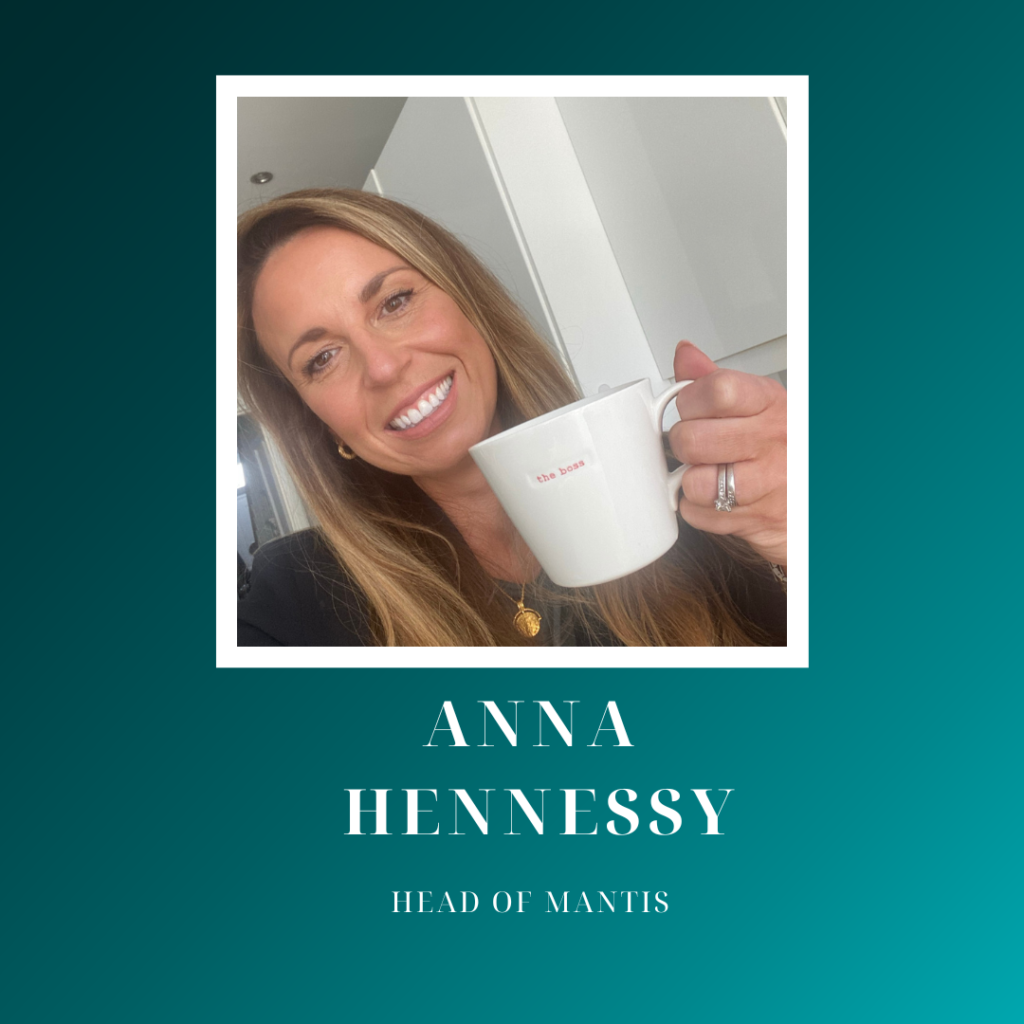Why we’re no longer offering media training
Written by Eleanor WillockWe consigned Mantis’ media training collateral to the archives, recently. It was a tried and over-tested formula and not unique by any means.
We’d speak about the media agenda, the sweet spot, and do interviews to expose points for improvement. Then we’d do some theory, talk about bridging, about three key messages, watch some videos of people who do it well (politicians) and people who do it badly (execs in crisis on live TV, as a rule).
I’m boring myself, I won’t go on. That way of doing it just isn’t relevant anymore. The changes in the way the media operates and collects information mean that we have to look at more than just one channel communication with them, or any other group.
Our training is for people who need to speak on behalf of their business in any situation, face to face, on the phone, in writing, and on social media platforms.
The voice
At Mantis, we now provide spokesperson training, and the course is specifically focused on finding, and using your own voice. We want to equip people to converse, orate, narrate and impart using the unique tone of their own way of communicating.
Here’s an example of how we’re approaching things now. Read this to yourself, out loud if you can, as if it’s part of the introduction you’ve been asked to do at a vital new business meeting :
“The path of the righteous man is beset on all sides by the inequities of the selfish and the tyranny of evil men. Blessed is he who, in the name of charity and good will, shepherds the weak through the valley of darkness, for he is truly his brother’s keeper and the finder of lost children. And I will strike down upon thee with great vengeance and furious anger those who attempt to poison and destroy my brothers. And you will know my name is the Lord when I lay my vengeance upon you.”
It’s a difficult task.
Much as I’d pay to be at that meeting, I’m making the point that your own voice (style, tone) has to be strong and memorable to combat the dual onslaught of tricky subject matter and the memory of a flawlessly delivered comparable, in a voice almost everybody knows.
You are not, as far as I know, Samuel L Jackson. You are you, and in your role as business owner or leader, the sound and impact of your voice is absolutely key to your influence over all your stakeholders.
Where do you most need to be heard?
In our training we now look at the multitude of ways in which your audiences regularly hear your voice, which could be anything from pitches and tenders to conference calls, customer marketing mailshots and Webex demos. We ask you to prioritise which are important, and which concern you. We look at how that matches up with the business’ priority communications tools – are you frequently required to address all staff meetings, but find it difficult, for example? Or do you enjoy presenting to customers but find panel discussions hard? The medium is still as important as the message.
What do you sound like?
I’m not talking ‘a bit Brian Blessed’ or ‘much younger than I look’, I’m talking about the sentiments that your communications style causes people to feel. Are you stable, aggressive, clear, strident, persuasive, verbose, easy or approachable?
We’ll ask you and your colleagues in the training to help identify your voice, what sets you apart, so that we build a programme for improvement that plays to your strength.
What do you need to say?
We’ll do some Agenda Blending. Your voice may be unique and well established, but your corporate messaging may have other ideas about how it’s communicated. An inspiring, energetic speaker may struggle with the sober reality of financial results. An introverted analytical voice would stumble under persistent and inconsistent questioning.
We’ll look at practical ways to blend your agendas together and retain your unique tone of voice.
Who needs to hear it?
Finally, we talk about audiences, the people listening. We’ll tailor this part to suit our clients. National media, broadcast journalists, YouTubers, education bloggers, user groups and forums, analysts, board meetings or advisory committees. All these audiences require a different version of your voice and your agenda to hear your message and be properly influenced.
We’ll go back and look at the mediums you use to reach these audiences, and practice your tone. We might even find a more appropriate way to talk to that new business meeting about the path of the righteous man, in a tone that leaves them with you in their heads, not gunshots, black suits and hair gel.
I am so relieved to have delivered my last media training product. My ambition is that people leave this new training prepared for more than just a phone call with a journalist, but the confidence to approach their interactions with them via most mediums instead.



